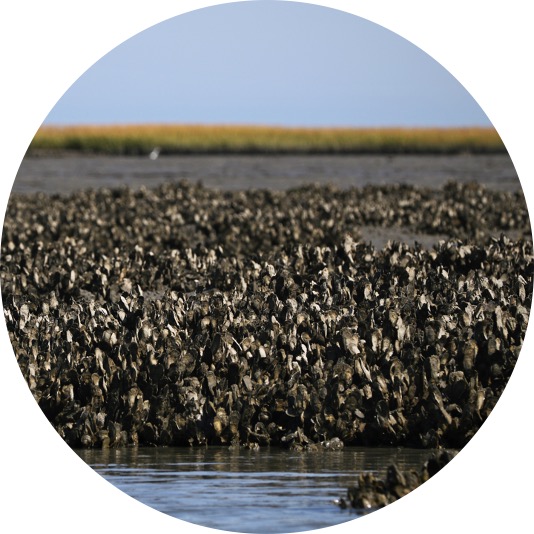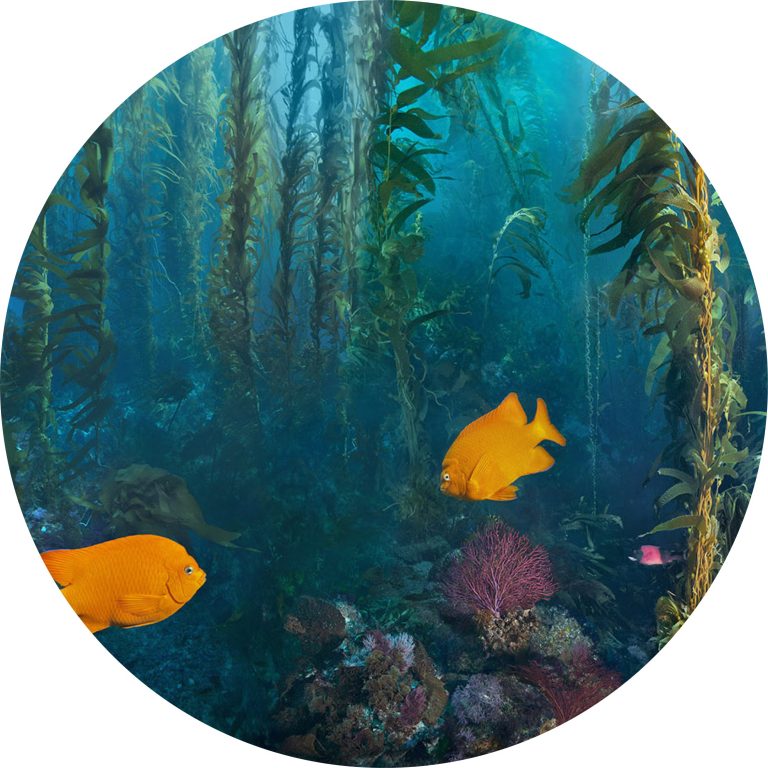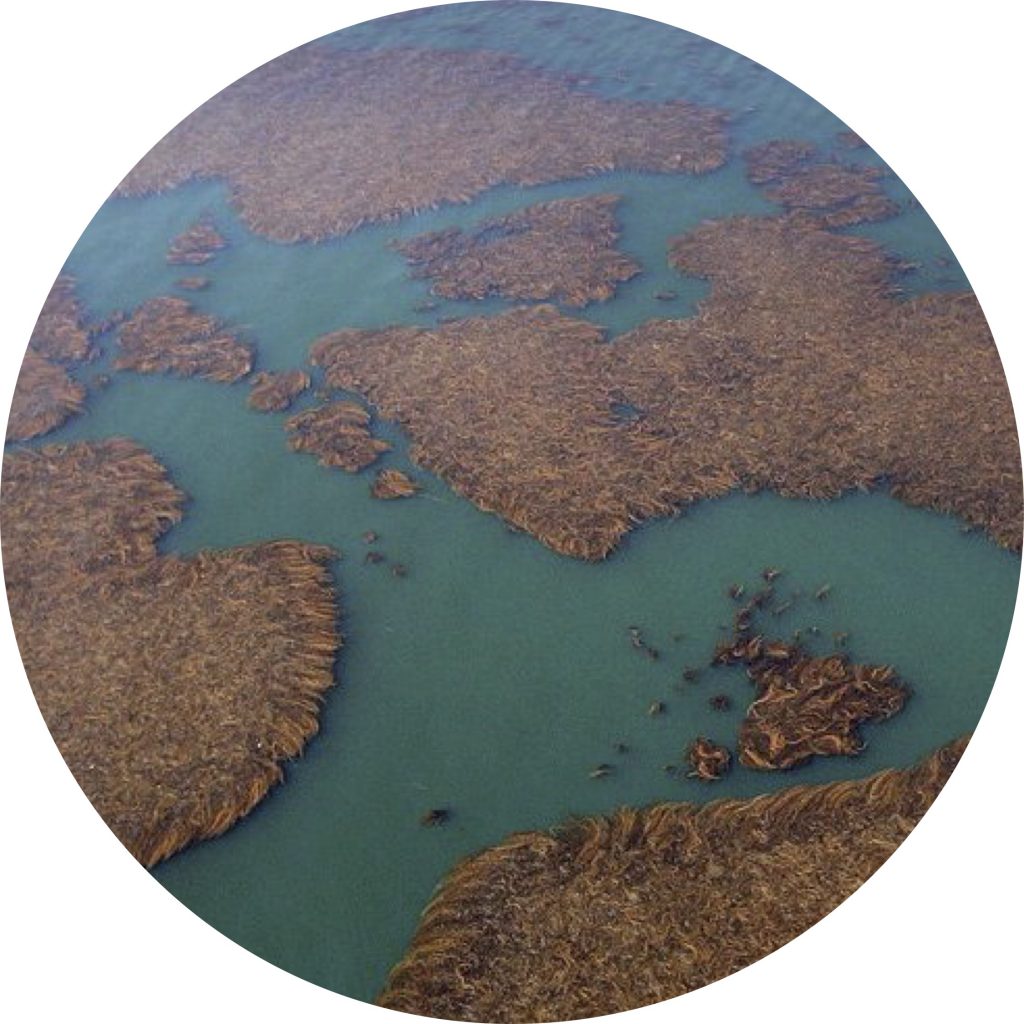Research
The Castorani Lab studies the population and community ecology of coastal marine ecosystems. We investigate ecological problems across a broad range of spatial scales, from local species interactions to regional population dynamics. Our work focuses on nearshore ecosystems such as kelp forests, seagrass meadows, and oyster reefs. The foundation species that build these ecosystems change the physical and chemical conditions of the coastal ocean, provide resources to a diversity of organisms, and create habitat for valuable fish and shellfish. Our research aims to advance fundamental understanding in ecology while informing the conservation, restoration, and management of coastal habitats and their associated biodiversity.
Much of our research has been supported by the National Science Foundation and the National Atmospheric and Oceanic Administration.
Active projects
- CAREER: Source-sink dynamics in a restored oyster metapopulation (NSF award no. 2337532)
- Virginia Coast Reserve Long Term Ecological Research project (NSF award no. 2425178)
- Santa Barbara Coastal Long Term Ecological Research project (NSF award no. 2425417)
- Patterns, causes, and consequences of synchrony in giant kelp populations (NSF award no. 2023555)

Research themes

Disturbance ecology and restoration
All ecosystems experience disturbances that change the physical environment and disrupt ecological structure, but ecosystems vary dramatically in their resilience to such disturbances. Recovering coastal ecosystems is often aided by conservation practitioners, who rely on data-driven insights to achieve optimal and sustainable outcomes. A major focus of our research is to understand the loss and recovery of habitat-forming foundation species that are the hallmark of many coastal ecosystems, such as kelps, seagrasses, and oysters. Our work addresses the drivers of these dynamics, the consequences for biodiversity and ecosystem function, and the knowledge that can be used to inform management.
Community ecology and biodiversity
Understanding the factors that maintain biodiversity is an enduring challenge in community ecology. Much of our research focuses on resolving how environmental conditions and species interactions govern biodiversity and its associated ecosystem functions. We are particularly interested in the role of spatial processes, such as dispersal and disturbance, in controlling community structure at landscape scales.


Spatial connectivity and synchrony
Ecological theory and data show that the spatial structure of habitats—such as their size, shape, arrangement, and isolation—influences population, community, and ecosystem processes. For instance, the degree to which populations are connected by dispersing offspring can determine extinction risk. We use long-term studies, experiments, and models from coastal ecosystems to resolve the causes and consequences of spatial dynamics across scales in space and time. We are especially interested in understanding why distant populations fluctuate similarly over time—a phenomenon called spatial synchrony—and its consequences for regional ecosystem stability.